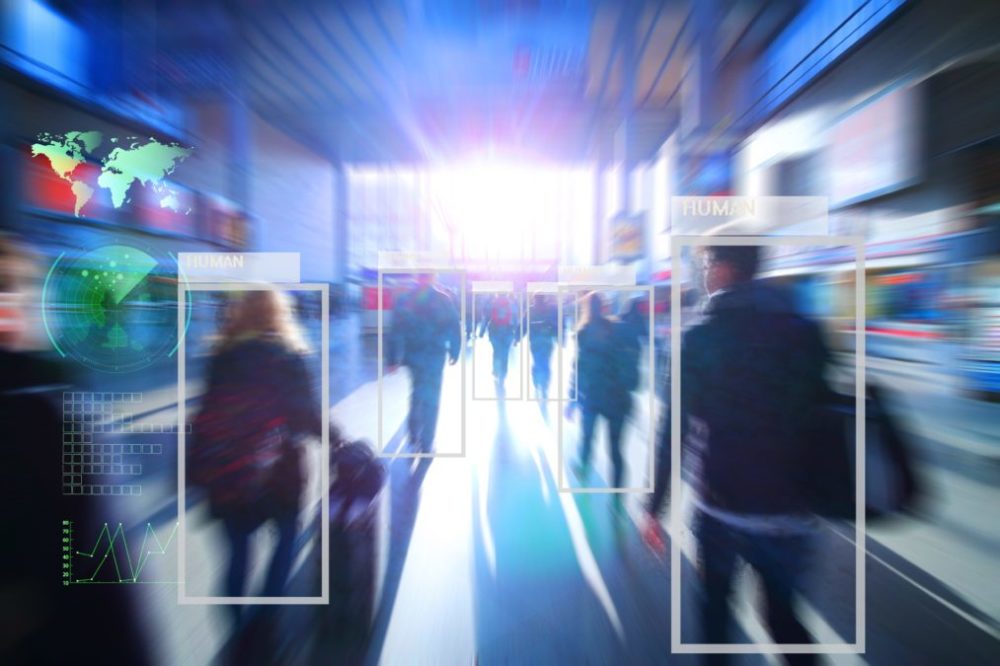FLIR, an Oregon based company which was founded in 1978, makes sensors, which it says “enhance perception and heighten awareness” saving lives and improving productivity. CVEDIA, a Singapore based start-up, produces SynCity, a simulation and big data management platform.
The CVEDIA technology provides machine learning applications that are used to provide sensor systems with artificial intelligence. The simulator features “real-world physics,” and simulates various lighting and environmental conditions. It can render objects such as people, animals, and automobiles in a manner such that artificial intelligence systems interpret them as real and lifelike.
>See also: 4 industries that will be transformed by machine learning in 2018
FLIR’s advanced thermal imaging sensors can be used for detecting living beings, seeing at night and through adverse environmental conditions, and in identifying industrial process abnormalities, making them a key capability in automotive, military, and industrial applications.
The strategic investment by FLIR in CVEDIA will create opportunities for the companies to accelerate the development of thermal spectrum-based deep learning training tools for use by FLIR and selected partners in integrating artificial intelligence into FLIR sensors and systems.
>See also: How deep learning is advancing video analytics
The investment will also provide CVEDIA with growth capital to enable the expansion of their business.
James Cannon: President and CEO of FLIR, said: “This investment in CVEDIA will enhance our ability to innovate sensing solutions that enable our customers to more quickly and accurately make their mission-critical decisions.”
More detail
The SynCity simulator software tool provides ultra-realistic, multi-modal, digital environments for autonomous system OEMs and related sensor makers. The simulator is used to train their systems in a much faster, safer, and more affordable manner than can be achieved by utilising traditional data collection techniques. The result is high-quality datasets that are fed into customer neural network frameworks, materially shortening the time and easing the process of training these deep learning systems.
Mr Cannon said: “The addition of software algorithms that automatically inform a user or system of critical information is a valuable feature that augments the distinctive and rich data our sensors produce. We see wide applicability of these tools in our innovation of highly advanced solutions, and we look forward to the collaboration with the CVEDIA team.”
>See also: 5 aspects of the Internet of Things that never get talked about










